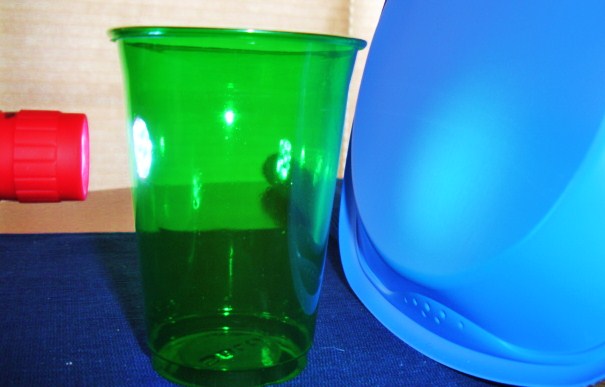

The objects appear colored because of the reflection of a particular wavelength. Reflection: The incident light rays may get reflected at the surface of an opaque object. Due to cumulative scattering, the energy of the wave can be completely dissipated before the emergence of light from the other side. Scattering: The molecules of the medium can absorb and scatter light in random directions. This process highly reduces the intensity of the incident light. The causes behind opacity are,Ībsorption: The light rays can be absorbed inside the medium. Light rays can penetrate the substances to some depth. Any incident light gets reflected, absorbed, or scattered. Opaque substances do not allow the transmission of light. Some examples of translucent objects are frosted glass, butter paper, tissue, various plastics, and so on. fluctuation in composition) in a crystal structure can give rise to a scattering of light.īoundaries: Grain boundaries (in a polycrystalline structure) and cell boundaries (in an organism) can behave as scattering centers. At the points of fluctuations, the light rays get scattered.Ĭrystallographic Defects: Defects (e.g. Density fluctuations may cause scattering centers. Such density distribution can result in irregular refraction and transmission. Non-uniform Density: If a material has a non-uniform distribution of matter, its density is different at different parts. Translucency can occur due to the following properties, If any object is seen through a translucent material, the image appears fuzzy or blurred. Consequently, the light rays emerge in random directions. The light rays get scattered in the interior of such objects. glass) are used for lenses, spherical mirrors, spectacles, and many more.Ī substance is called translucent if it allows partial transmission. Window glasses are transparent in nature. Therefore, a clear image is seen on the other side of the substance. While passing through a transparent object, the amount of scattering is very less. Light rays follow Snell’s law of refraction. Most of the light, incident on a transparent object, transmits through it. The refractive index of transparent substances is nearly uniform. Light rays can pass through these substances. The second that has < 100% light transmission is a translucent object, while that completely blocks the light is opaque by nature.Īll these materials have some properties that we will understand on this page in detail.Ĭomparison of Transparent, Translucent, and Opaque Objects So, the first object that allows 100% light transmission is a transparent object. What these objects are, and why do we study them in physics? Well, physics is all about understanding the science behind real-life objects around us. However, on the other hand, some objects don't even allow light to pass through. Or there are objects that create an obstruction in the path of light and are not as clear reflector of light as clear glass does. Some objects allow light to pass through clear glass. Various objects that we see around exhibit some property. Some examples are oily paper, tissue, some plastics, etc. Any object, seen through a translucent material, appears fuzzy or blurred. A part of the incident light may get reflected or scattered as it passes through the interior of the material.

Translucent materials allow partial transmission of light through them.

As a result, light rays cannot pass through opaque materials. Opaque materials either reflect or absorb any incident light. One example of transparent material is pure glass. Any object can be seen through the transparent material. Materials, which allow complete transmission of light, are called transparent. Materials can be classified based on the amount of light they transmit.


 0 kommentar(er)
0 kommentar(er)
